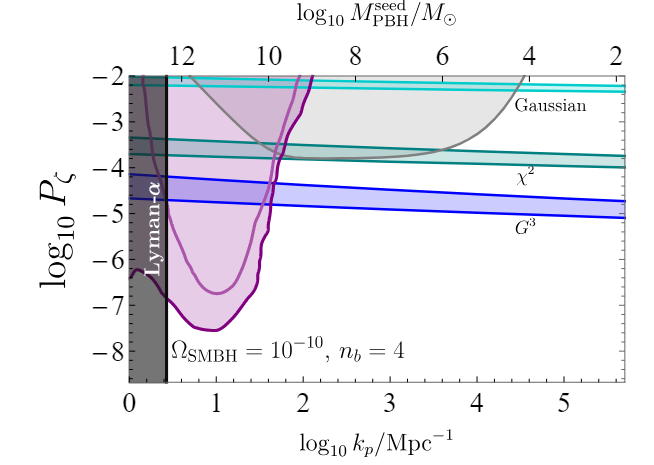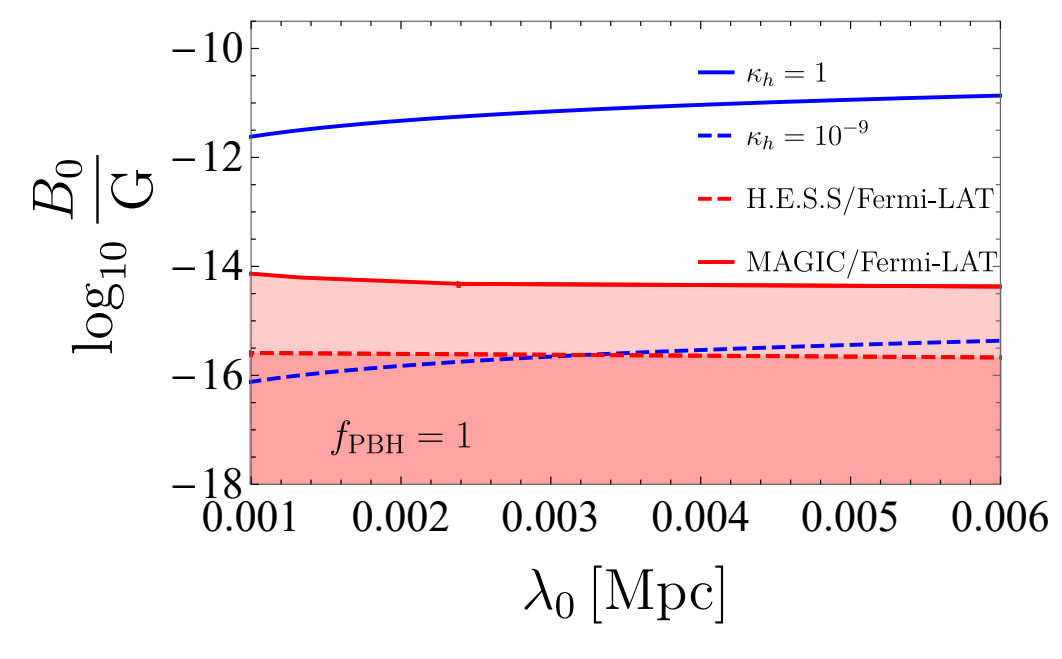You can find my full publications list on INSPIRE,
What were the conditions for the beginning of our universe?
What is dark matter and how does it interact with regular matter?
How can such interactions manifest in astrophysical and cosmological observables?
Could gravitational waves and primordial black holes have been produced at the Big Bang?
How did large scale structures and galaxies form?
These are the fundamental questions that I aim to answer. My research has spanned topics such as searching for dark matter or new particles through cosmic rays or stellar objects, hunting for primordial black holes, testing observational features of cosmic inflation, supermassive black hole formation, stochastic gravitational wave backgrounds and primordial magnetic fields. For more details, see a sample of my publications below!


Flat galactic rotation curves (top) and the cosmic microwave background (bottom) both require dark matter, which begs the question, what is it made of?
Galactic observations as a probe for dark matter
Galactic diffuse emissions, such as X-rays and γ-rays, can be used to search for dark matter by detecting the radiation produced when dark matter particles annihilate or decay. These emissions provide indirect evidence of dark matter interactions, especially in regions with high dark matter density like the Galactic Center. By analyzing these emissions, one can place constraints on dark matter properties and potentially identify signals that match theoretical predictions.
I have shown that the anomalous ionization rate observed in the Central Molecular Zone can be attributed to MeV dark matter annihilations into electron-positron pairs for certain galactic dark matter profiles.


Derived the strongest constraints on sub-GeV dark matter by using SPI Integral satellite data of the 511 keV line from the Galactic Center.


Used the XMM-Newton and the Voyager-1 satellite's X-ray and electron-positron data respectively to search for sub-GeV dark matter.


Used the H.E.S.S. experiment's high energy γ-ray data to search for a dark matter spike at the Galactic Center.


Inflation, primordial black holes and gravitational waves
Inflation is the leading theory in cosmology that describes a period of extremely rapid expansion of the universe just after the Big Bang. This process smoothed out any irregularities and set the stage for the formation of large-scale structures. Primordial black holes are hypothetical black holes that could have formed during this early phase due to high-density fluctuations. These black holes are unique because they could have formed without the need for collapsing stars. They are promising candidates to explain the origin of supermassive black holes (if they form with masses in excess of 1000 solar masses) in our universe and also to be dark matter (if they are between 10^17-10^21 g). Primordial gravitational waves are ripples in spacetime generated by quantum fluctuations during inflation. These waves provide a unique window into the conditions of the early universe. Together, these concepts help us understand the universe's infancy, with inflation explaining the rapid expansion, primordial black holes offering insights into early matter distribution, and primordial gravitational waves serving as evidence of these early processes.
Exploring the possibility for primordial black hole dark matter or observational signatures from inflation such as stochastic gravitational waves

Relevant publications:
Testing whether the seeds for supermassive black holes were primordial black holes using dark matter substructure observations


Relevant publications:
Showed that a class of inflation scenarios leaves imprints on the Dark Ages of the universe


Relevant publications:
Using astrophysical objects as laboratories for new particles
Supernovae and other compact objects, such as stars, serve as natural laboratories for high-intensity experiments to search for new particles. The extreme conditions present during supernova explosions, including high temperatures and densities, can produce a plethora of particles, including neutrinos and potentially unknown new particles such as light scalars, axions and sterile neutrinos. Observatories of neutrinos from these cosmic events, provides insights into particle interactions under extreme conditions.
I have used γ-ray and X-ray data to study the production and decay of new particles produced across our whole Galaxy in supernovae explosions and also from isolated events like SN 1987A


Relevant publications:
High energy astrophysics
I have computed the absorption ofhigh energy γ-rays resulting from interaction with sunlight. This is a tiny effect that will hopefully be probed by next generation experiments.


Relevant publications:
Rare particle decays and CP-asymmetries
Rare particle decays of heavy neutrinos, vector-like quarks, and the top quark provide a unique window into physics beyond the Standard Model. Heavy neutrinos can decay in ways that might reveal new interactions or particles. Vector-like quarks, which can decay into various final states offer insights into potential new physics scenarios. The top quark, being the heaviest known elementary particle, decays primarily into a W boson and a bottom quark, but rare decays can occur involving other quarks. CP asymmetry, refers to differences in the behavior of particles and their antiparticles, and can indicate new sources of CP symmetry violaton beyond what is predicted by the Standard Model. Studying the CP asymmetry in these rare decays helps us understand the matter-antimatter imbalance in the universe. This is crucial for uncovering the fundamental forces and particles that shape our universe.
In the publications below, I considered a general framework for CP-asymmetry in radiative decays for new particles. I also showed how this can generate circular polarisation. I applied this formalism to vector-like quarks, the top quark and heavy neutrinos. Prospects for collider physics experiments such as the Large Hadron Collider are studied.


Relevant publications:
First order phase transitions
First-order electroweak phase transitions are a fascinating area of study in particle physics and cosmology. These transitions occur when the universe cools down and the Higgs field acquires a non-zero value, breaking the electroweak symmetry. They are particularly well-motivated because they can provide mechanisms for several significant phenomena. For instance, they can generate baryon asymmetry, explaining why there is more matter than antimatter in the universe. Additionally, these transitions can produce gravitational waves, offering a potential source of detectable signals for gravitational wave observatories. Moreover, they can lead to magnetogenesis, the creation of cosmic magnetic fields, which are observed throughout the universe. These compelling implications make first-order electroweak phase transitions a crucial topic for understanding the early universe and its evolution.
In the publications below, I considered how the dynamics of bubbles from a phase transition can propagate and how they are affected by friction. I also considered how these transitions can produce primordial magnetic fields in conjunction with primordial black holes as dark matter and gravitational waves that should be observable in future experiments.


Relevant publications:
Large Hadron Collider
I did part of my doctoral work with the CERN Large Hadron Collider (LHC) in the ATLAS experiment. This is the famous particle collider that discovered the Higgs boson particle in 2012. The Nobel Prize for it's theoretical prediction being awarded the very next year.
My work with ATLAS consisted of two major projects (i) performing a precision measurement of Z boson decays that improved the experimental calibration for photons and (ii) completing a search for new exotic Higgs bosons. My contribution to the precision measurement was performing the whole analysis for the photon reconstruction efficiency measurement and for the search it was to optimise the event selection using machine learning techniques and model the signal for the new particles.


Relevant publications: